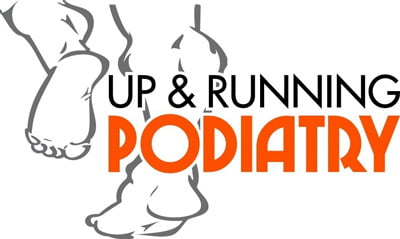Plantar fasciitis is one of the most common injuries relating to the foot, it is said to occur because of chronic overload resulting from a combination of lifestyle factors or exercise. It can affect both the elderly and athletic population. Recent studies propose the condition resembles more of a tendinosis labelling it plantar fasciosis which implies degeneration within a tendon without inflammation.
Anatomy
The plantar fascia is a piece of fibrous tissue that originates from the heel and extends towards your five toes.
Function
The plantar fascia functions a bit like a pully during gait and is placed under tension when the big toe dorsiflexes. This then shortens the distance between the heel and the toes raising the height of the arch. Therefore, it is particularly common in runners and dancers as these activities require maximum dorsiflexion of the
big toe.
Symptoms
Symptoms are often associated with pain in the heel that can radiate along the arch of the foot. Pain is often worse first thing in the morning when you get out of bed or after a period of rest. As the injury progresses the symptoms are said to worsen resulting in increased difficulty weight bearing.
Other common conditions affecting the heel
Although plantar fasciitis is the most common type of heel pain, it is important not to overlook the
other frequently seen conditions.
- Fat pad contusion (a bruised heel).
- Medial calcaneal nerve impingement.
- Lateral plantar nerve entrapment.
- Tarsal tunnel syndrome.
- Bursitis.
Treatment
A thorough assessment of your heel pain is important before deciding on a management plan.
Treatments often involve a combination of:
- A period of rest from activity.
- Calf and plantar fascia specific stretches.
- At home foot mobilisation exercises.
- Footwear advice
- Progressive program targeting intrinsic foot
muscle strength and activation. - Calf strengthening exercises.
- Extracorporeal shockwave therapy.
- Case-dependent; a combination of strapping and
orthotic therapy.
If you are suffering with heel pain, it is important to seek advice and receive a diagnosis early as the prognosis is far better when caught early.
Book in for an appointment today!

